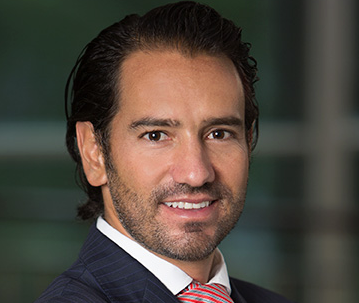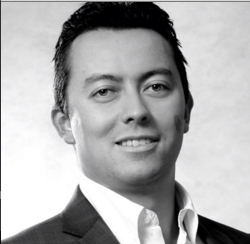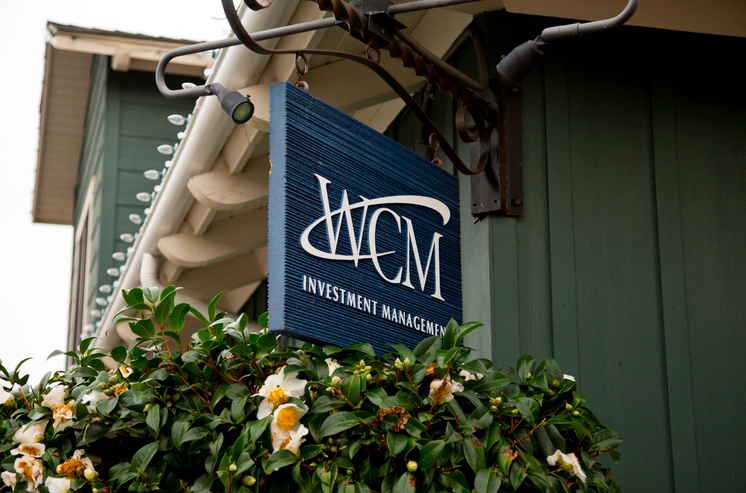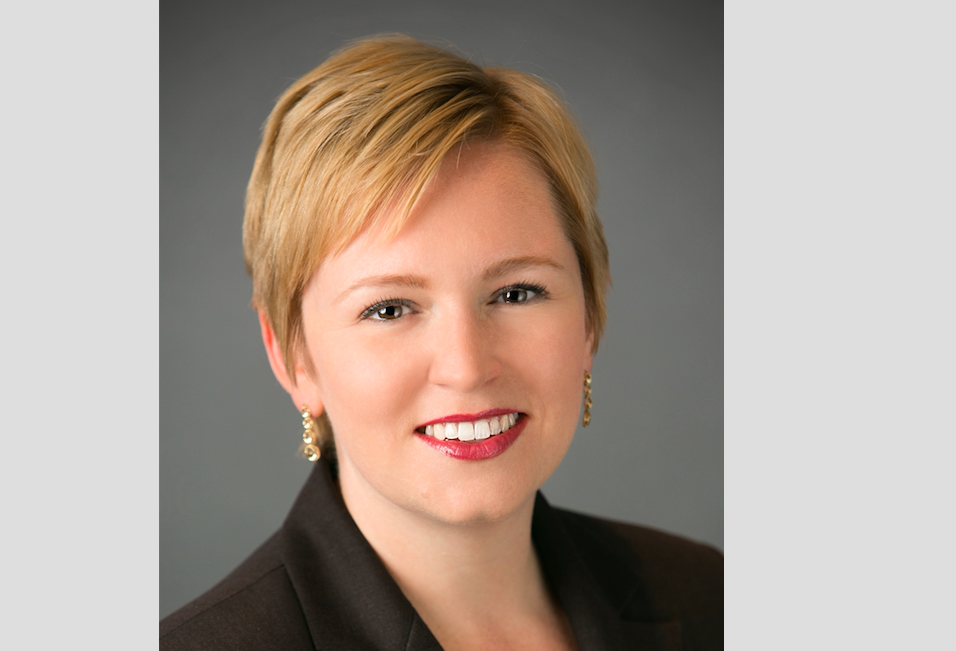Nick Sheridan: “Politics has Taken Centre Stage in Europe Over the Past Few Months, With Italy the Most Recent Epicentre”
| By Beatriz Zúñiga | 0 Comentarios

For Nick Sheridan, manager of the Janus Henderson Horizon Euroland, Europe remains a key and essential market in the global portfolios of investors. In his opinion, periods of uncertainty and volatility of the European market, mainly led by geopolitical issues such as Italy and Brexit, are always to be expected.
What is your forecast for European equities in the remaining months of the year?
While recent sentiment towards Europe has been undermined by political uncertainty, the trading environment for companies in the region remains positive and valuations, when compared to other developed markets, appear attractive. We believe that the European Central Bank (ECB) is limited in its scope to continue with quantitative easing into 2019, which could have a material impact on ‘safe haven’ bond yields and the factors driving equity markets. Nonetheless, world GDP growth remains at levels conducive to a good environment for corporate Europe.
We see that investors are increasingly taking on more risk and many of them have moved from fixed income to variable positions. How are you tackling this from a fund manager and portfolio perspective?
This has little impact on an equity manager, but we tend to agree that bonds offer little value at present.
Are politics still a risk for Europe? What is your assessment of how the European equities market has reacted to events such as Italy, Brexit negotiations and Catalonia?
Politics has taken centre stage in Europe over the past few months, with Italy the most recent epicentre. The unlikely alliance between the populist Five-Star Movement and Lega parties caused a bond market collapse, exacerbated by the potential for fresh elections (where the issue of euro membership would most likely be front and centre). While in the US, the Trump administration has started what could turn into a tit-for-tat tariff escalation on world trade.
Periods of market uncertainty, such as this, are always to be expected, although the specific factors that precipitate short-term falls may differ. Over the longer term, periods of short-term negativity are nothing to be feared for longer-term strategies, often providing an opportunity to invest in quality companies at an attractive entry price.
Regarding Brexit, do British equities represent an opportunity at the moment?
The UK market is busy de-rating relative to other markets and relative to where it has been in the past, because investors are running away from Brexit-related uncertainty. At some stage that will change, but I do not think it is going to change any time soon, because negotiations are ongoing, and the Eurozone seems to be playing its cards extremely well. The UK government’s handling of Brexit seems dysfunctional, which is adding to uncertainty – a particular problem when the clock is steadily ticking.
What are the most attractive markets in Europe? And their valuations?
Geographic exposure is driven primarily by bottom-up stock selection, although we do pay attention to more significant factors, if we believe they can impact on the broader investment rationale behind holding a stock.
In light of the current change in the economic cycle and landscape (rate hikes, return of volatility, increasing inflation), how are you modifying your portfolio to adapt to this new scenario?
Stock selection for my value-biased strategy is driven by analysis of individual companies and market data, rather than short-term market ‘noise’. We look for stocks that have strong franchises but are priced such that growth is undervalued, offering a higher than average return on equity, and normally an attractive dividend policy. Real value investing also requires a longer term horizon and we assess companies first and foremost on their underlying qualities, rather than the potential impact of short-term market trends or news.
What do you think makes your Janus Henderson Horizon Euroland Fund stand out against other funds in the sector?
We look for solid, dependable firms capable of creating value for investors, rather than following the latest market trends or fashions. Entry price is key and my investment strategy is designed to follow the value, wherever it is, judging companies first and foremost on their underlying qualities. What differentiates the fund from many of its competitors is our pragmatic approach to valuing stocks, which includes looking to gauge the value of potential growth within each stock. This is a major feature that differentiates the fund from conventional ‘deep value’ funds.









